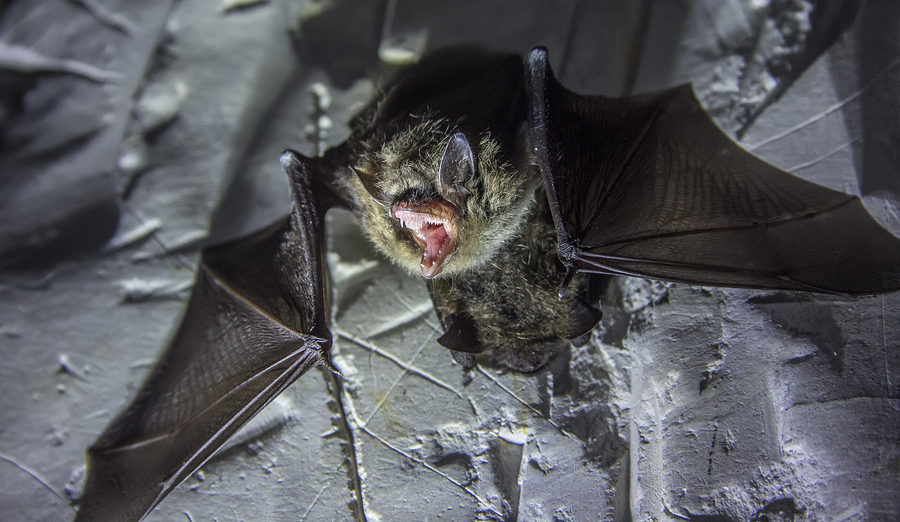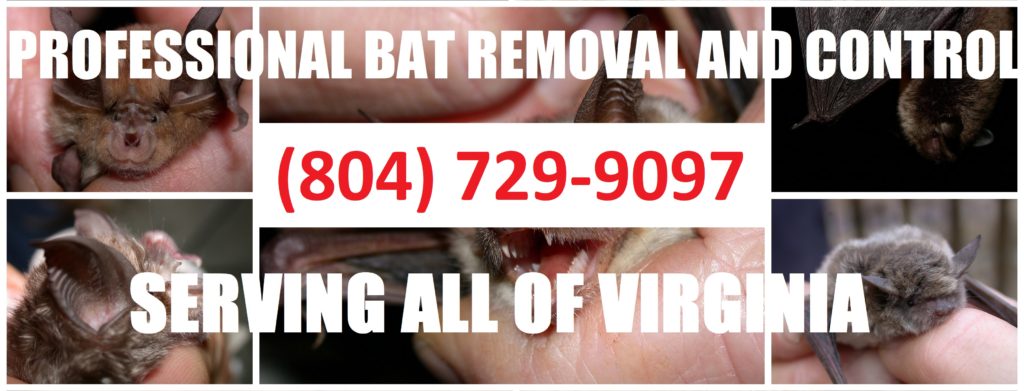On the big screen, bats are often portrayed as aggressive animals that fly around erratically and target humans for attack. But the reality is that bats are mostly peaceful mammals, and are not likely to come near you, let alone attack you, under any circumstances. If you live in an area that is highly populated with bats, it will help relieve any concern you have about potential bat dangers by learning about their predictable behaviors year-round.
Continue reading to learn how bats behave from season to season, and what to do to better control nuisance bat activity around your house.

Spring
Bats in the spring are typically transitioning out of hibernacula (hibernation). During this time, bats are searching for a new roosting site that will be better suited for the warmer months ahead. These new sites will serve as maternity roosts for females and bachelor roosts for males. Interestingly, expecting mothers will often return to the very site they were born to have their bat pup! And you better hope it’s not your attic! Other common maternity sites for bats include hollowed trees, window shutters, roofs, siding panels, gutters, barns, and garages.
Summer
Once summer arrives, so have the baby bats, also referred to as pups. A mother bat gives birth to one single pup per year, usually around late May or early June. During this time, it is common for homeowners to see lone or dead young bats laying around. This is due to the fact that young bats learn to fly around 8 weeks, which usually occurs in July, and not all pups are good learners. If you see a live, lone bat on the ground in your yard, it is likely just taking a rest before it takes flight and tries again. If the bat is still there the next day, contact a Virginia bat removal company for safe assistance.
Fall and Winter
In the fall, bats are on the hunt for a new winter roosting site. Some bats migrate to southern points of the state, while others choose to search for roosts in the same community. Winter bat roosts often wind up being hollowed trees, abandoned mines, caves, and of course, our very own houses and buildings. Here, bats will enter into hibernacula, also known as hibernation or torpor. This hibernation period generally begins around mid-October, but can sometimes be delayed until the temperatures begin to remain under 40 degrees Fahrenheit. Once in hibernacula, bats remain in a torpor-like state until spring emerges with warmer weather.
Professional Bat Control in Virginia
Sometimes bats can be a nuisance, even though they don’t mean to be. When this happens, trust a licensed and insured Virginia bat removal company for safe and humane bat abatement service at an affordable price. Contact Virginia Bat Pros today at 804-729-9097 to request a free estimate or information about our services, prices, and more. We look forward to delivering affordable and long-lasting solutions for your bat problems!

